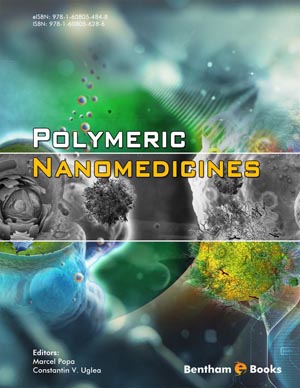Abstract
The brain is the most complex and remarkable organ in the human body because it is responsible for memories, movement, feelings, intelligence, emotions and desires determining the uniqueness of each person. This organ is protected against various harmful substances due to the presence of two types of barriers: the blood-brain barrier and the blood cerebrospinal fluid barrier. The blood-brain barrier is an important limiting factor for the development of new drugs that can be delivered to the central nervous system. For this reason different approaches have been developed in order to overcome this barrier. Polymeric nanoparticles represent one of the most stimulating challenges for the scientific world, being investigated as drug delivery systems for effective systemic and local delivery of therapeutics to the central nervous system. This chapter presents in introduction a classification of the central nervous diseases followed by a presentation of different strategies that have been developed in order to obtain the polymeric nanoparticles as well as their applications for treatment and prevention of some central nervous diseases.
Keywords: Polymeric nanoparticles, brain, drug delivery, nervous system, Alzheimer, Parkinson, AIDS, cerebrovascular disease, dementia, brain tumors, blood brain barrier, aminoacridines, levodopa, antiretroviral drugs, rivastigmine, solid-lipid nanoparticles, butylcyanoacrylate nanoparticles, nanotechnology, coreshell nanoparticles, photodynamic therapy.




















